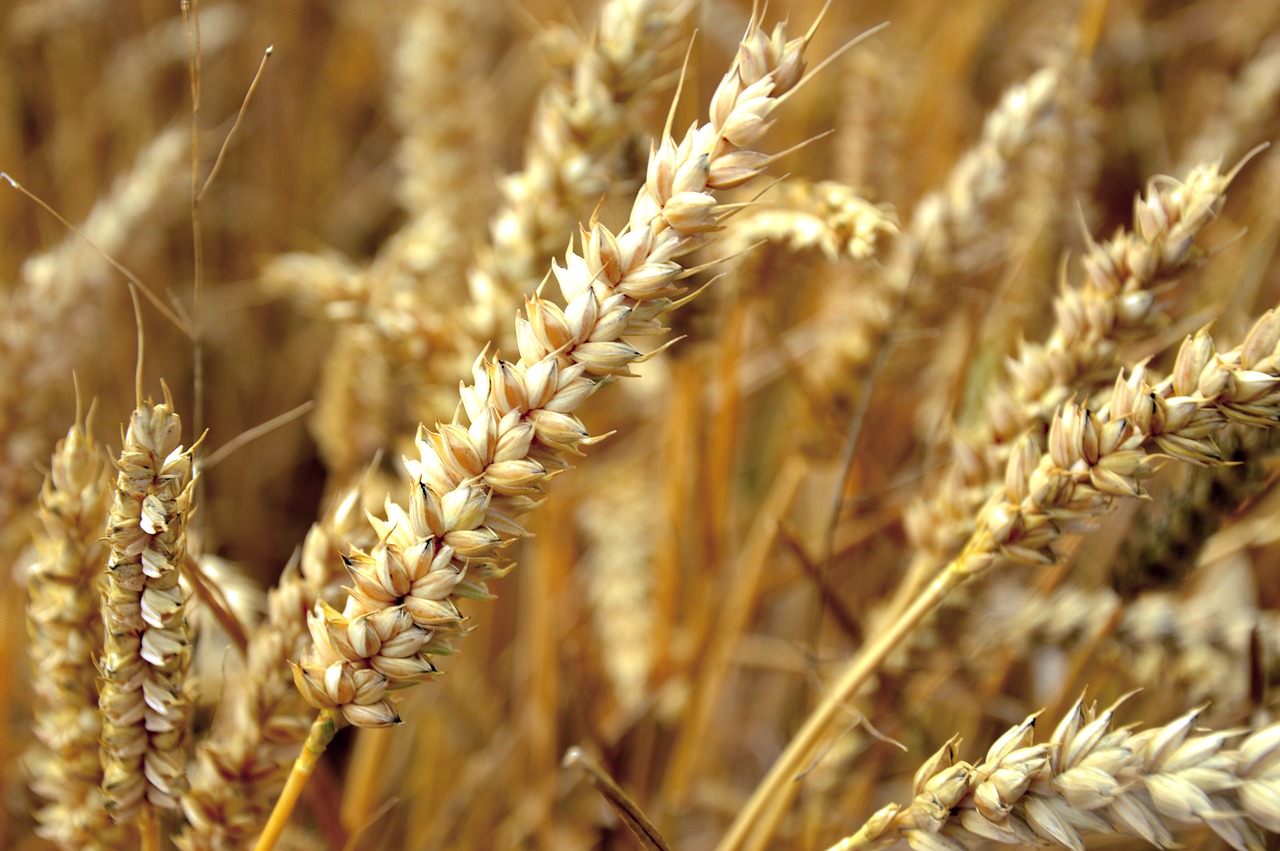Approaching Paris and New Delhi, you could see thousands of angry farmers.
Their demands though are somewhat different.
Farmer Protests
A French farmer’s placard read, “We are nourishing you and we are dying.”
Farmers fear they have been left behind. Offset by insufficient income, rising costs dominate European and Indian farmers’ finances. From there though, their demands diverge.
Environmental regulations are the Europeans’ main complaint. Whether it’s unmanageable red tape or unfair mandates, they say the rules are unacceptable. They don’t want to be forced to cut emissions or to leave four percent of their land fallow each year. Also, they say that imports from Ukraine and elsewhere, unaffected by the rules, are depressing prices. Rather than local produce, most French consumers can only afford items like the cheaper Moroccan clementines. Making it worse, even when prices are higher, the revenue goes to the retailer, not the farmer.
Meanwhile, traveling more than 4,000 miles, we would see 100,000 farmers marching toward Delhi. Also squeezed by high costs and low prices, their main demands target pensions and income. Hoping to double their income, they say government failed to deliver the price supports and subsidies it promised after 2020-2021 protests. Although the government does have a list of crops, its purchases at the minimum price were limited to rice and wheat. Furthermore, Indian states have different policies rather than one national minimum.
Our Bottom Line: Price Floors
Farmers typically want price floors. On a graph, the position of a price floor is somewhat counterintuitive. Located where government placed it above the market’s equilibrium, the floor is the price that farmers prefer. You can see that the horizontal line of a government established floor creates surpluses because, above equilibrium, quantity supplied exceeds quantity demanded:
 Crop insurance, subsidies, and purchase initiatives are three ways to implement agricultural price floors.
Crop insurance, subsidies, and purchase initiatives are three ways to implement agricultural price floors.
My sources and more: Thanks to the BBC podcast that I enjoyed during my walk for inspiring today’s post. After that, I found Reuters here and here had more about the protests as did The Washington Post. In addition, I hope you will take a look at econlife’s sheep burps.
Related
Publisher: Source link











